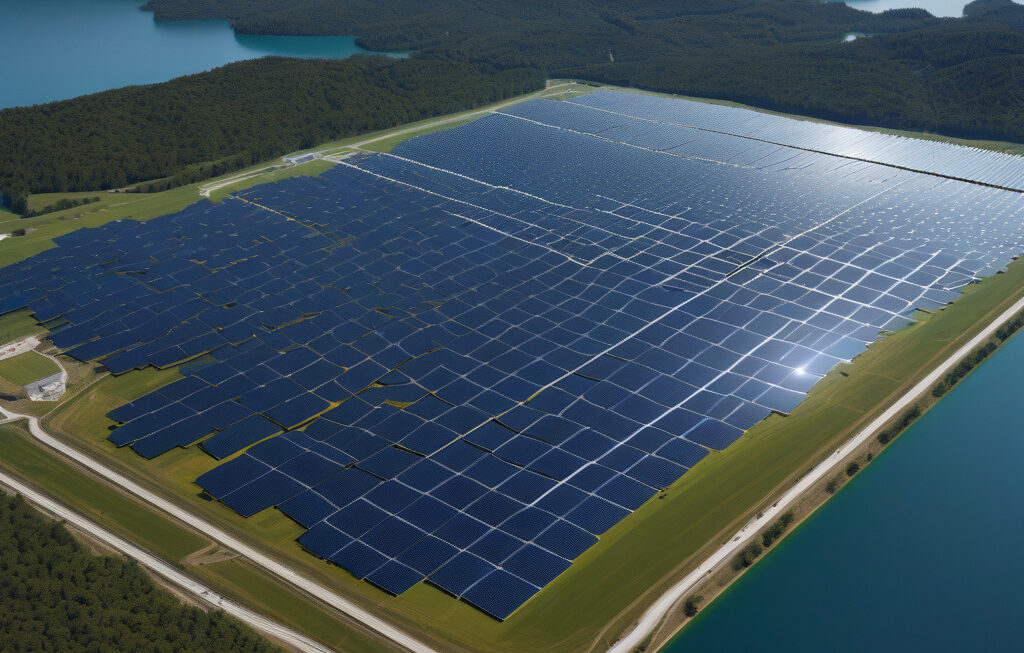World’s Largest Sand Battery Goes Live: 100 MWh System Cuts CO2 Emissions by 70%
An energy company has commissioned the world’s first industrial-scale sand battery in a town in the heart of a renewable energy hub. This groundbreaking initiative represents a significant step towards sustainable energy storage solutions and reducing carbon emissions.
The sand battery, with a capacity of 100 megawatt-hours (MWh), operates by storing and releasing energy through the flow of sand. This innovative technology aims to address the intermittency issues associated with renewable energy sources like solar and wind power. By storing excess energy generated during peak production periods, the sand battery can release power during high demand, effectively balancing the grid and reducing reliance on fossil fuels.
One of the key advantages of the sand battery system is its scalability. Unlike traditional lithium-ion batteries that rely on scarce and expensive materials, sand is abundant and widely available, making it a cost-effective and environmentally friendly solution for large-scale energy storage. Additionally, the sand battery has a longer lifespan and higher thermal stability compared to conventional batteries, ensuring reliable performance over an extended period.
The implementation of the 100 MWh sand battery system is expected to have a significant impact on carbon emissions. By optimizing energy storage and distribution, the system can reduce CO2 emissions by up to 70%, contributing to global efforts to combat climate change. This reduction in greenhouse gas emissions aligns with the company’s commitment to sustainability and environmental stewardship.
Moreover, the successful deployment of the sand battery technology demonstrates the potential for innovation in the energy sector. By investing in research and development of novel energy storage solutions, companies can drive the transition towards a more sustainable and resilient energy infrastructure. The scalability and efficiency of the sand battery highlight the possibilities for integrating renewable energy sources into existing grids while maintaining grid stability and reliability.
As the world continues to shift towards a low-carbon economy, initiatives like the world’s largest sand battery play a crucial role in accelerating the adoption of clean energy technologies. By leveraging innovative storage solutions like the sand battery, communities can reduce their carbon footprint, improve energy security, and create new opportunities for economic growth.
In conclusion, the commissioning of the 100 MWh sand battery system marks a significant milestone in the energy transition towards a more sustainable future. With its potential to cut CO2 emissions by 70% and provide a reliable and cost-effective energy storage solution, the sand battery represents a game-changer in the renewable energy landscape. As the demand for clean energy solutions continues to grow, investments in innovative technologies like the sand battery will be key to building a greener and more resilient energy system for generations to come.
energy, sand battery, CO2 emissions, renewable energy, sustainability












